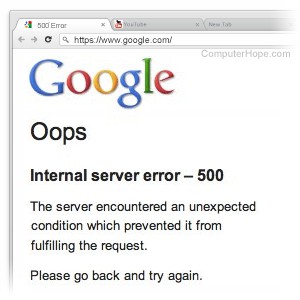How to measure Resilience and success in Machine Learning and Artificial Intelligence models?
ML and AI are powerful tool that can be used to solve complex problems with minimal effort. With the rapid advances in technology, there still exists many challenges when it comes to making sure these models are resilient and reliable.Resilience is the ability of a system to resist and recover from unexpected and adverse events. In the context of AI and ML systems, resilience can be defined as the ability of a system to continue functioning even when it encounters unexpected inputs, errors, or other forms of disruptions.
Measuring resilience in AI/ML systems is a complex task that can be approached from various perspectives. Fortunately, there are some steps you can take to ensure your ML models are built with robustness. There is absolutely no one-size-fits-all answer to measuring resilience in AI and ML systems. However, there are a number of factors that can be considered when designing a resilience metric for these systems.
- It is important to consider the types of failures that can occur in AI and ML systems. These failures can be classified into three categories: data corruption, algorithm failure, and system failure. Data corruption refers to errors in the training data that can lead to incorrect results. Algorithm failure occurs when the learning algorithm fails to connect a correct solution. System failure happens when the hardware or software components of the system fail. In other terms it’s also called robustness testing. This type of testing involves subjecting the AI/ML system to various types of unexpected inputs, errors, and perturbations to evaluate how well it can handle these challenges. Thus the system’s resilience can be measured by how well it continues to perform its tasks despite encountering these challenges. A resilient system is one that is able to recover from failures and continue operating correctly.
- It is necessary to identify what creates a resilient AI or ML system. It is also important for a resilient system to be able to detect errors and correct them before they cause significant damage. Usually, the fault injection method makes easier to evaluate how the system response to intentionally introduced faults and if it’s able to detect & recover. With this method, the resilience of the system can be measured by how quickly and effectively it can recover from these faults. It is also mandatory to develop a metric that can be used to measure resilience in AI and ML systems. This metric takes into account the type of failures that can occur, as well as the ability of the system to recover from those failures.
- The performance monitoring of the AI/ML systems cannot be considered insignificant as this monitors the performance of the AI/ML system over time, including its accuracy, response time, and other metrics. The resilience of the system can be measured by how well it maintains its performance despite changes in its operating environment.
Overall, measuring resilience in AI/ML systems requires a combination of methods and metrics that are tailored to the specific application and context of the system. Along with that, we also need to ensure that the data which is use to train ML models is representative of the real-world data. This means using a diverse set of training data that includes all the different types of inputs our model is likely to see. For example, if our model is going to be used by people from all over the world, we need to make sure it is trained on data from a variety of geographical locations.
Last but not the least, ML systems need regular training “refreshers” to keep them accurate and up-to-date. Otherwise, the system will eventually become outdated and less effective. There are a few ways to provide these training refreshers. AI/ML systems are typically trained using large amounts of data to learn patterns and relationships, which they then use to make predictions or decisions. However, the data that the system is trained on may not be representative of all possible scenarios or may become outdated over time. One way is to simply retrain the system on new data periodically. In addition, the system may encounter new types of data or situations that it was not trained on, which can lead to decreased performance or errors.
To address these issues, AI/ML systems often require periodic retraining or updates to their algorithms and models. This can involve collecting new data to train the system on, adjusting the model parameters or architecture, or incorporating new features or data sources.This can be done on a schedule (e.g., monthly or quarterly) or in response to changes in the data (e.g., when a new batch of data is received).
Another way to provide training refreshers is to use transfer learning. With transfer learning, a model that has been trained on one task can be reused and adapted to another related task. This can be helpful when there is limited training data for the new task. For example, if you want to build a machine learning model for image recognition but only have a small dataset, you could use a model that has been trained on a large dataset of images (such as ImageNet).
Measuring the resilience of AI/Ml systems requires extended range of tools and expertise. We at Xorlogics make sure to produce the best model with the highest standard of resilience & accuracy. Tell us about your business needs and our experts will help you find the best solution.

